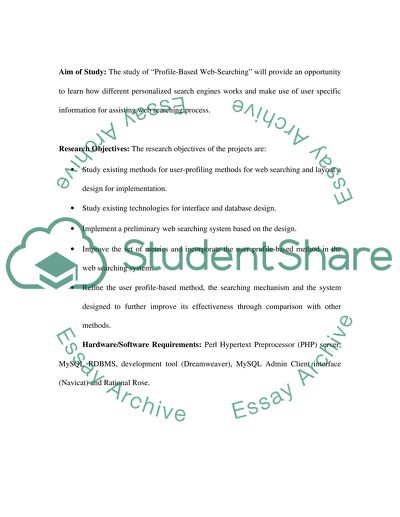Cite this document
(“Computer Science project reprot Essay Example | Topics and Well Written Essays - 2500 words”, n.d.)
Retrieved from https://studentshare.org/miscellaneous/1539384-computer-science-project-reprot
Retrieved from https://studentshare.org/miscellaneous/1539384-computer-science-project-reprot
(Computer Science Project Reprot Essay Example | Topics and Well Written Essays - 2500 Words)
https://studentshare.org/miscellaneous/1539384-computer-science-project-reprot.
https://studentshare.org/miscellaneous/1539384-computer-science-project-reprot.
“Computer Science Project Reprot Essay Example | Topics and Well Written Essays - 2500 Words”, n.d. https://studentshare.org/miscellaneous/1539384-computer-science-project-reprot.


